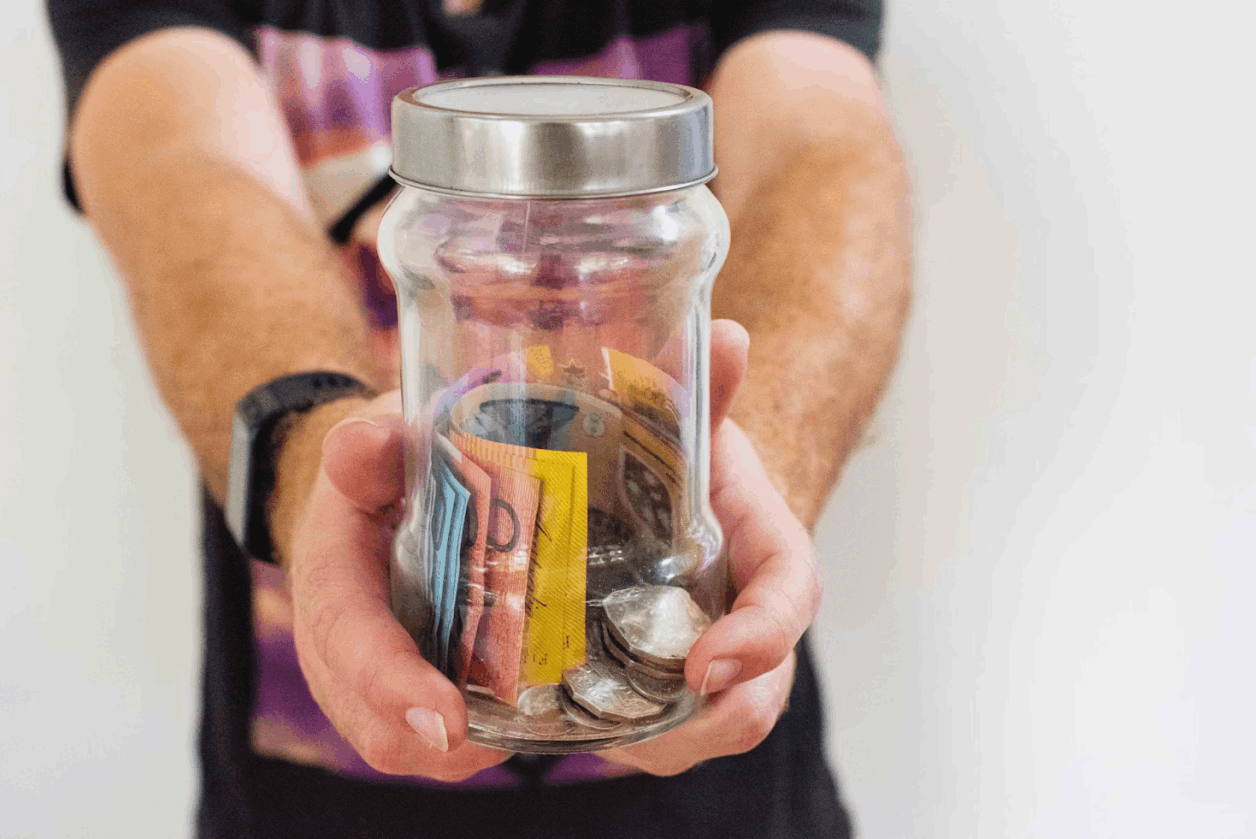
Understanding Capital Gains Tax
If you buy and sell shares in Australia, specifically on the ASX through exchanges, you may need to pay Capital Gains Tax (CGT) on any profits you make. CGT is a tax applied to the profit you earn when you sell shares for more than you originally paid for them. This guide explains the basics of CGT on shares in simple terms.
When you sell shares, it's considered a "CGT event." If you make a profit, this is called a capital gain, and you must report it in your tax return. The amount of CGT you owe depends on factors like how long you held the shares and your total income for the year. For more details on CGT events, visit the ATO website: https://www.ato.gov.au/individuals-and-families/investments-and-assets/capital-gains-tax/cgt-events
CGT Discount: If you hold shares for more than 12 months before selling, you may qualify for the CGT discount. This discount can significantly reduce your tax bill. For individuals, the discount is 50%, meaning you only pay tax on half of your capital gain. For example, if you make a 6,000 profit on shares held for over a year, your taxable gain drops to 3,000. Generally this is for more of a long term share trading strategy. Learn more about the CGT discount here: https://www.ato.gov.au/individuals-and-families/investments-and-assets/capital-gains-tax/cgt-discount
Record Keeping: Keeping accurate records of your share transactions is crucial. You'll need details like the purchase and sale dates, the prices you paid and received, and any associated costs (e.g., brokerage fees). These records are essential for calculating your capital gains or losses. The ATO provides guidance on record-keeping for shares: https://www.ato.gov.au/forms-and-instructions/capital-gains-tax-guide-2022/part-a-about-capital-gains-tax/keeping-records
Capital Losses: If you sell shares for less than you paid, you've made a capital loss. These losses can be used to offset capital gains in the same tax year or carried forward to future years, helping to lower your overall tax liability. However, there are specific rules to follow. For example, capital losses can only offset capital gains—they can't be used to reduce other types of income, like your salary.

